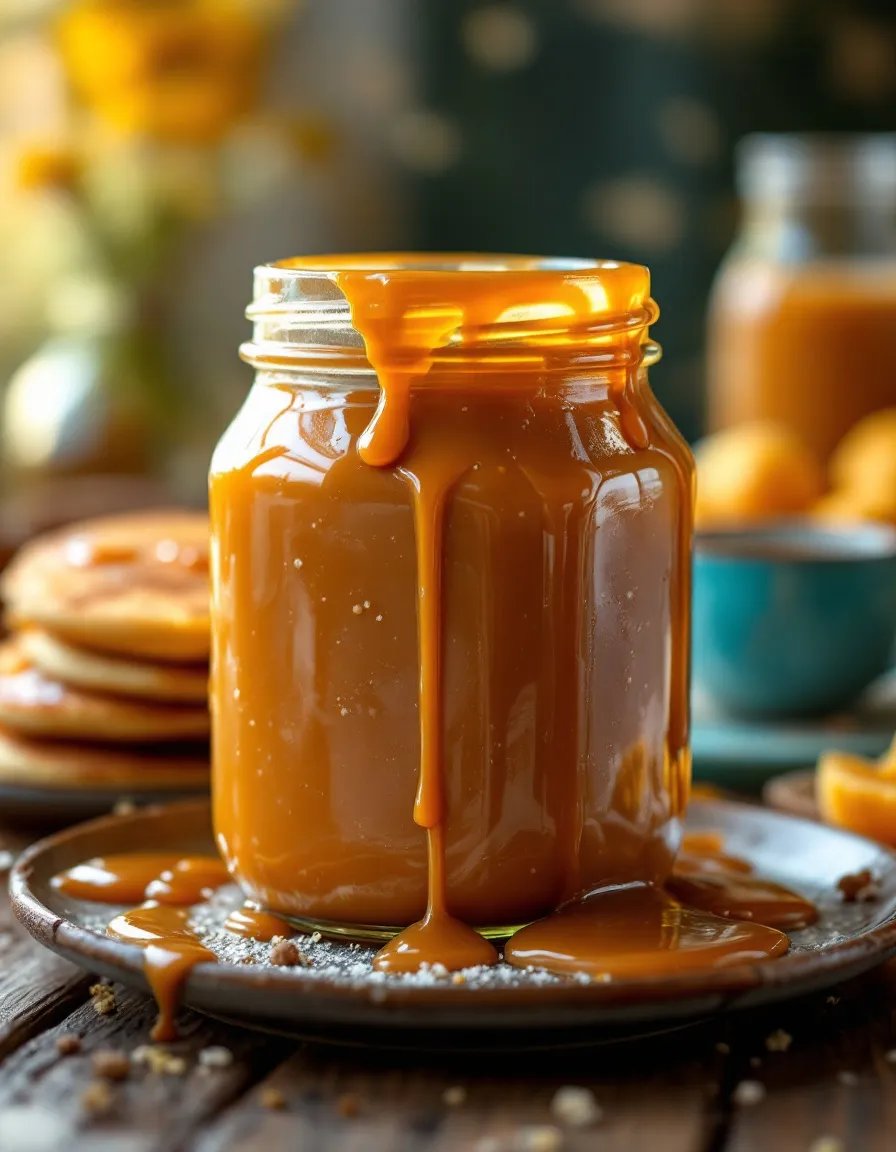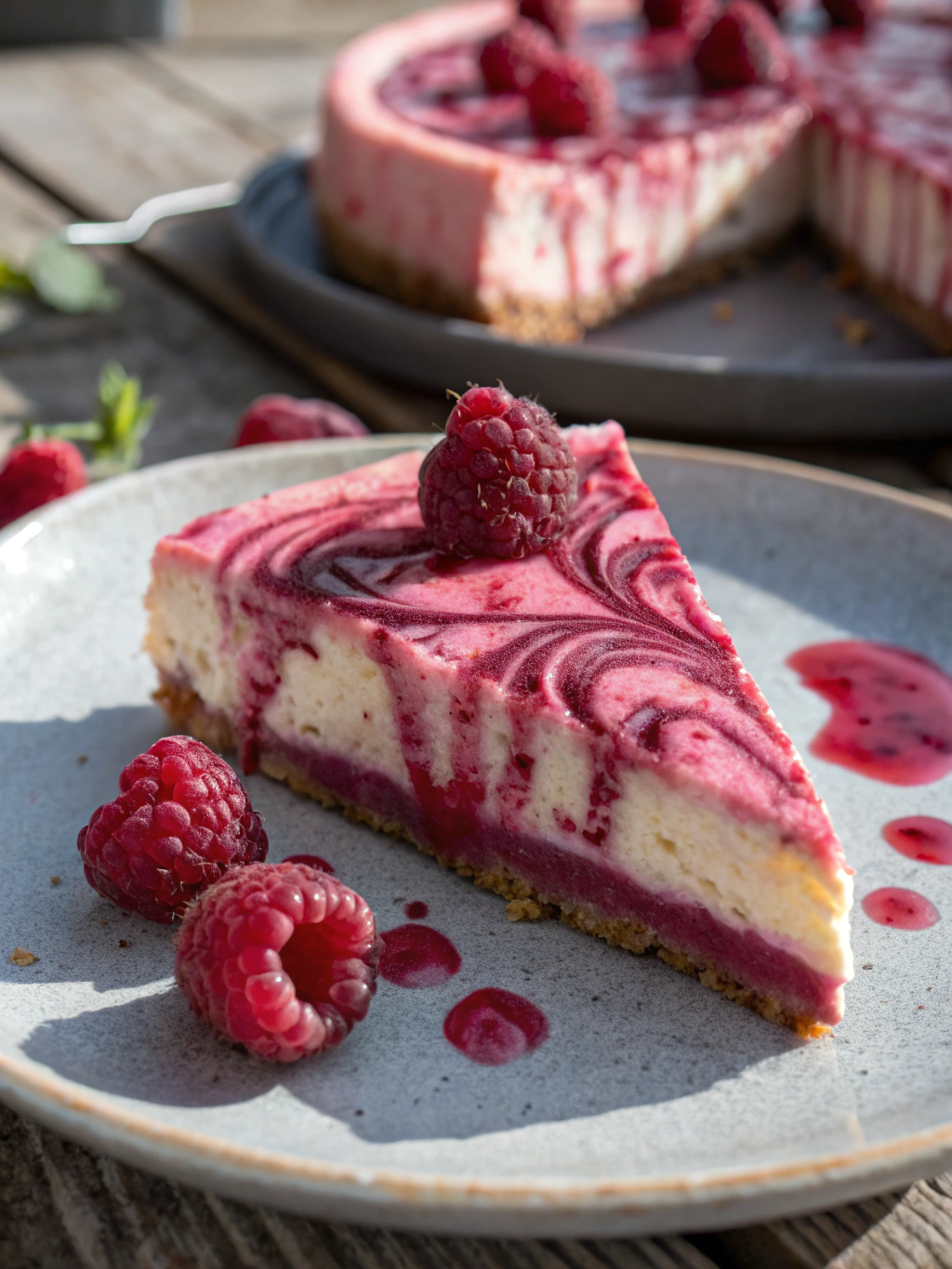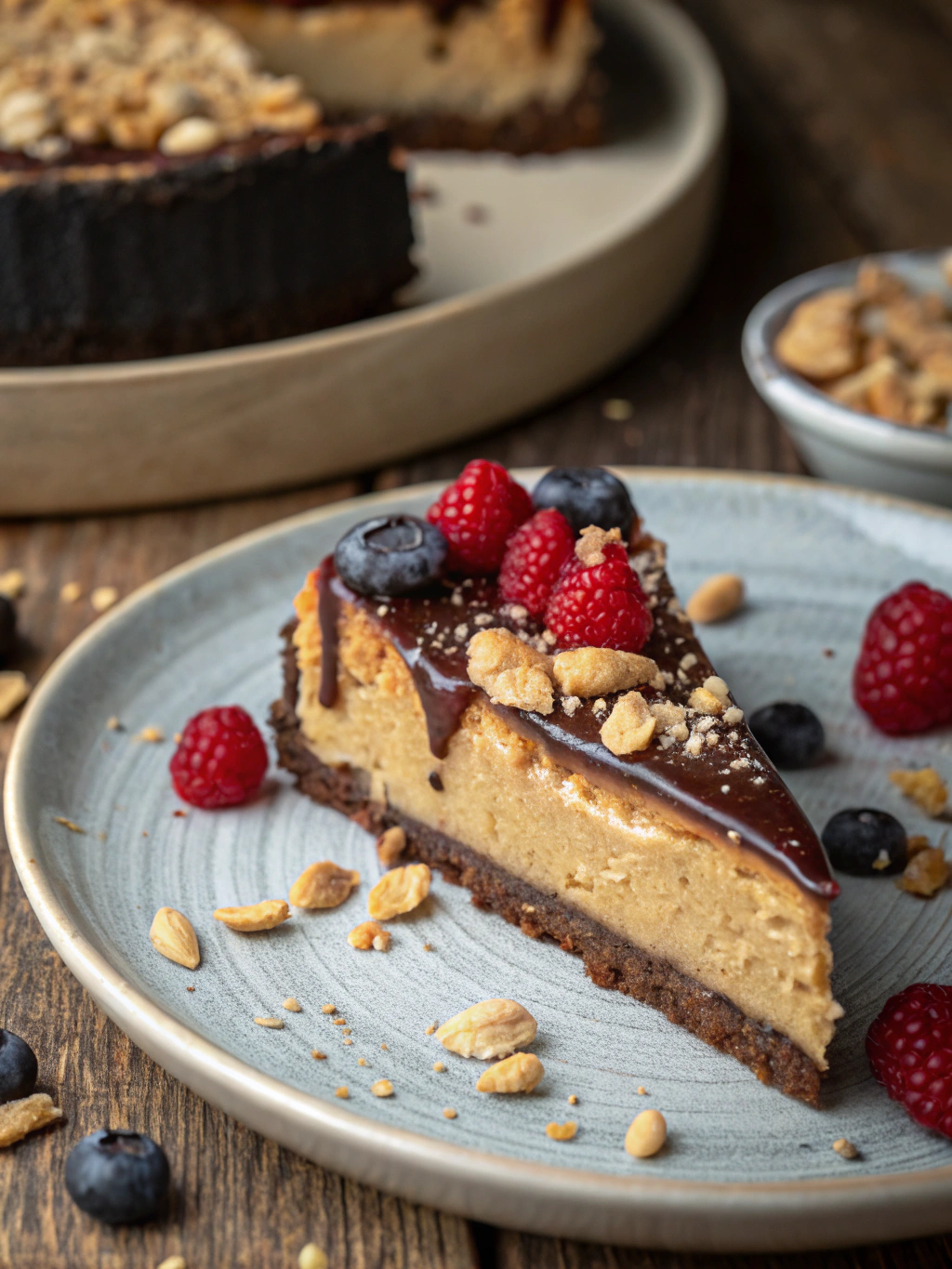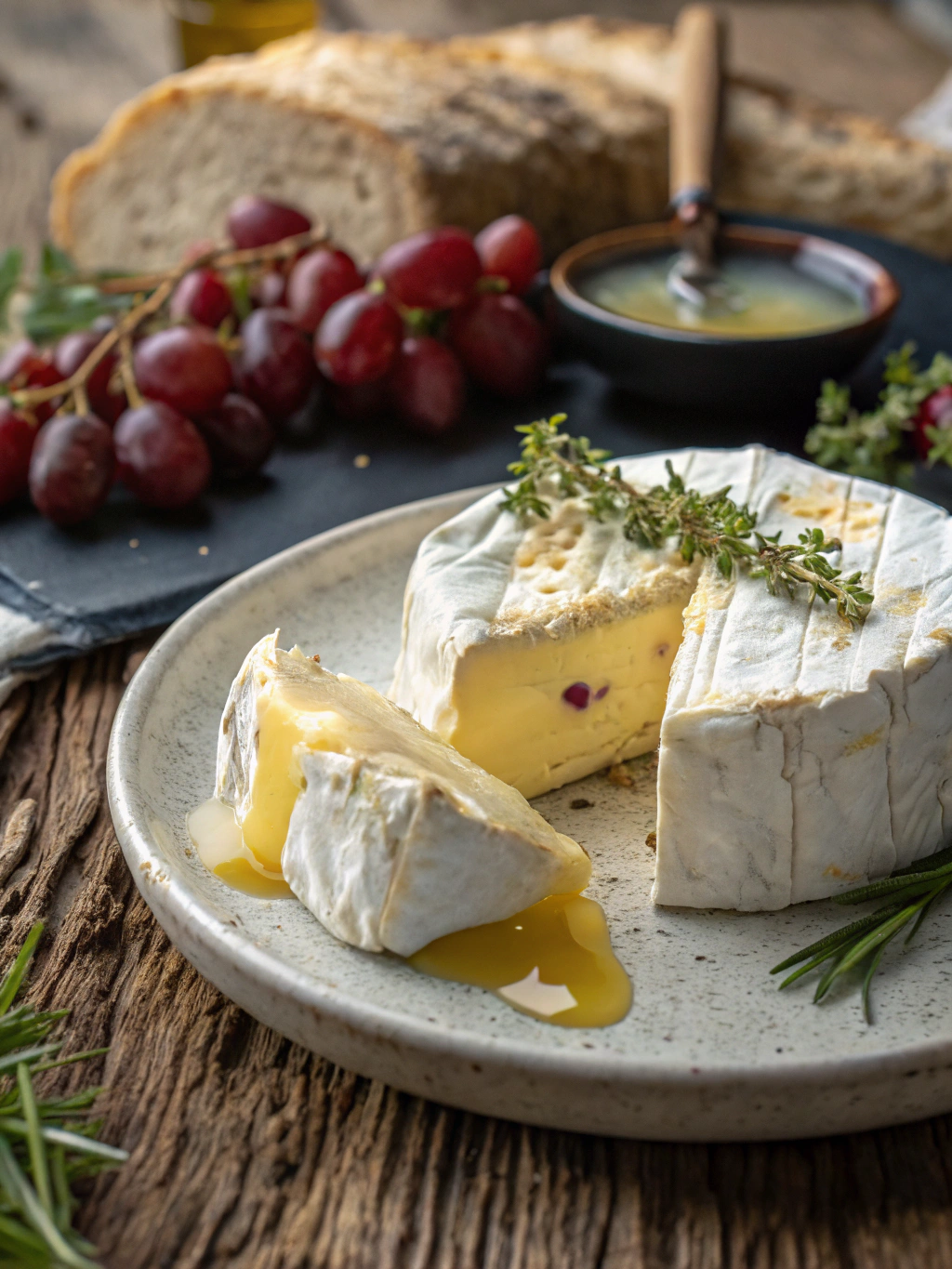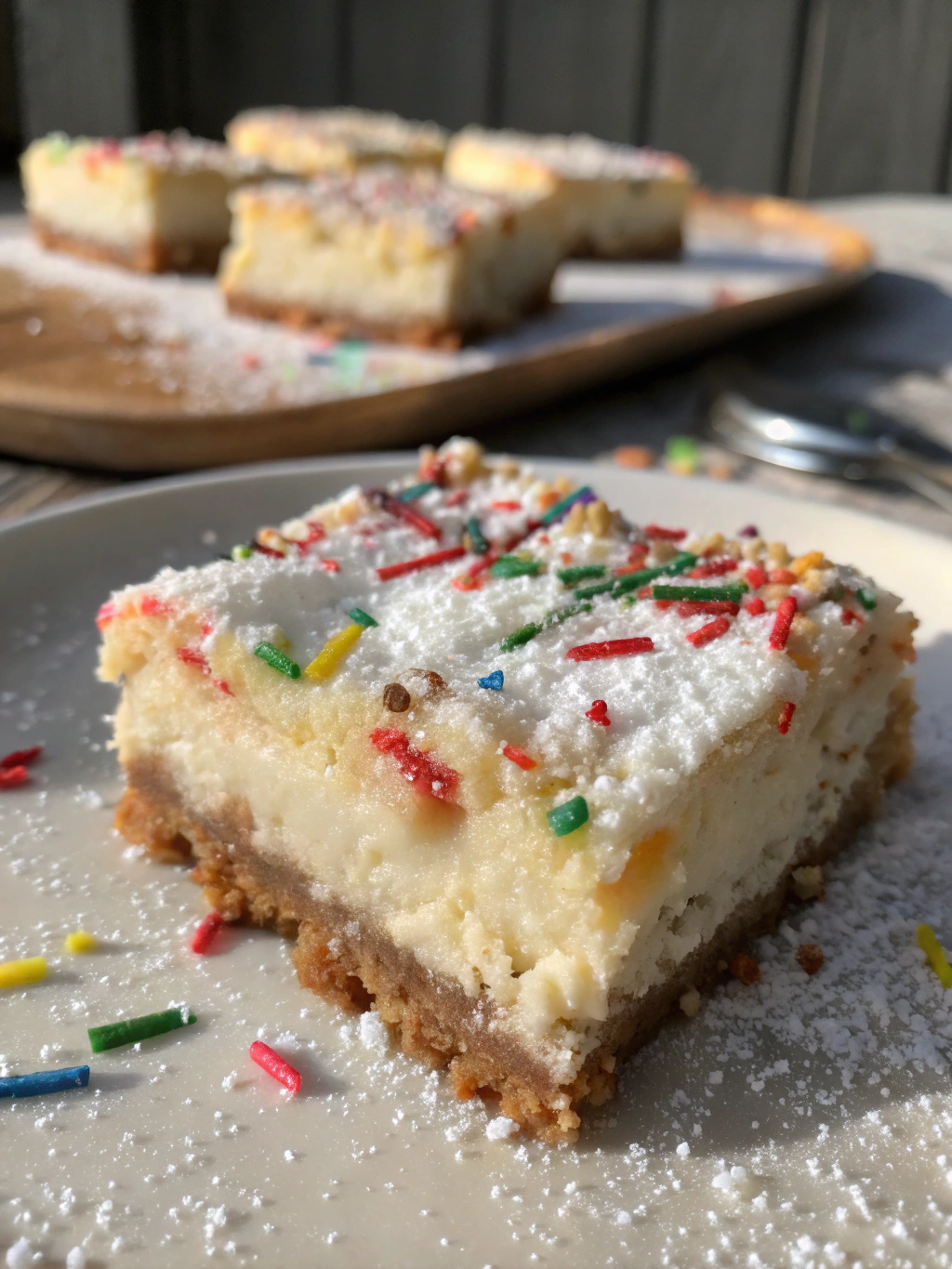Easy Salted Caramel Sauce Recipe: A Foolproof Method for Perfect Sweetness
There’s something magical about the combination of sweet and salty, and this easy salted caramel sauce recipe delivers that perfect balance every time. Whether you’re drizzling it over ice cream, dipping apples, or adding a decadent touch to your morning coffee, this foolproof method ensures a smooth, rich, and velvety sauce that’s impossible to resist. With just a handful of ingredients and minimal effort, you can create a homemade caramel sauce that rivals any store-bought version.
The beauty of this recipe lies in its simplicity. By carefully heating sugar until it transforms into a golden amber liquid, then blending it with butter, cream, and a pinch of sea salt, you’ll achieve a luxurious texture and depth of flavor. The process is quick, but the results are unforgettable. Plus, making your own caramel sauce allows you to control the sweetness and saltiness to suit your taste perfectly.
Quick Recipe Highlights
- Flavor Profile: A perfect balance of sweet and salty, with rich buttery notes and a hint of vanilla.
- Texture: Smooth, velvety, and pourable, ideal for drizzling or dipping.
- Aroma: Warm, buttery, and slightly nutty, with a comforting sweetness.
- Visual Appeal: A glossy, golden-brown sauce that looks as good as it tastes.
- Skill Level Needed: Beginner-friendly, with simple steps and minimal equipment.
- Special Equipment: A heavy-bottomed saucepan and a whisk are all you need.
Recipe Overview
- Difficulty Level: This recipe is perfect for beginners, as it requires no advanced techniques or special skills. The key is patience and attention to detail.
- Category: Dessert sauce, topping, or dip.
- Cuisine: A versatile recipe with roots in French patisserie, but widely used in global cuisines.
- Cost: Affordable, using pantry staples like sugar, butter, and cream.
- Season: Perfect year-round, but especially comforting during fall and winter.
- Occasion: Ideal for holiday desserts, dinner parties, or everyday treats.
Why You’ll Love This Recipe
This easy salted caramel sauce recipe is a game-changer for anyone with a sweet tooth. The combination of rich, buttery caramel and a touch of sea salt creates a flavor profile that’s both indulgent and sophisticated. Unlike store-bought versions, this homemade sauce is free from preservatives and artificial flavors, making it a healthier choice for your desserts and snacks.
One of the best things about this recipe is its versatility. You can use it as a topping for ice cream, pancakes, or waffles, or as a dip for fresh fruit and cookies. It’s also a fantastic addition to baked goods like brownies, cheesecakes, and cupcakes. The possibilities are endless, and once you’ve mastered this basic recipe, you can experiment with different flavor variations to suit your preferences.
Another reason to love this recipe is its simplicity. With just four main ingredients—sugar, butter, cream, and salt—you can whip up a batch of caramel sauce in under 15 minutes. The process is straightforward, and the results are consistently delicious. Plus, making your own caramel sauce at home is much more cost-effective than buying it from the store.
The sensory appeal of this sauce is undeniable. The aroma of caramelizing sugar is intoxicating, and the sight of the golden-brown liquid is irresistible. When you drizzle it over your favorite desserts, it adds a touch of elegance and decadence that elevates even the simplest treats. Whether you’re serving it at a dinner party or enjoying it as a midnight snack, this caramel sauce is sure to impress.
Finally, this recipe is incredibly forgiving. Even if you’re new to making caramel, the step-by-step instructions ensure success every time. The key is to watch the sugar closely as it melts and to avoid stirring it until the right moment. With a little practice, you’ll be making perfect caramel sauce like a pro.
Historical Background and Cultural Significance
Caramel has a rich history that dates back centuries. The process of caramelizing sugar was first discovered in the Middle East, where it was used to create sweet treats and medicinal syrups. Over time, the technique spread to Europe, where it became a staple in French patisserie. The addition of salt to caramel is a more recent innovation, popularized in the late 20th century as chefs began experimenting with contrasting flavors.
In French cuisine, caramel is a key ingredient in many classic desserts, such as crème caramel, tarte Tatin, and caramel custards. The addition of salt enhances the sweetness of the caramel and adds a layer of complexity to the flavor profile. This combination has become a favorite among chefs and home cooks alike, leading to the widespread popularity of salted caramel in modern desserts.
The cultural significance of caramel extends beyond France. In the United States, caramel apples are a beloved treat during Halloween, while in Latin America, dulce de leche—a similar caramelized milk sauce—is a staple in many desserts. The versatility of caramel has made it a global favorite, with each culture adding its own unique twist to the recipe.
Today, salted caramel is a symbol of indulgence and sophistication. It’s a flavor that evokes warmth and comfort, making it a popular choice for holiday desserts and special occasions. Whether you’re enjoying it in a gourmet dessert or a simple homemade treat, salted caramel is a timeless classic that continues to delight taste buds around the world.
Ingredient Deep Dive
Sugar
Sugar is the foundation of any caramel sauce. When heated, it undergoes a chemical transformation called caramelization, which gives the sauce its characteristic color and flavor. Granulated white sugar is the most commonly used type, but you can also experiment with brown sugar or coconut sugar for a deeper flavor. Be sure to use high-quality sugar for the best results.
Butter
Butter adds richness and creaminess to the caramel sauce. Unsalted butter is preferred, as it allows you to control the saltiness of the final product. The butter should be added at the right moment to ensure a smooth and velvety texture. Be sure to use fresh butter for the best flavor.
Heavy Cream
Heavy cream is essential for creating a smooth and pourable caramel sauce. It adds richness and helps to balance the sweetness of the sugar. Be sure to use full-fat cream for the best results, and warm it slightly before adding it to the caramel to prevent curdling.
Sea Salt
Sea salt is the key to achieving the perfect balance of sweet and salty in this recipe. Use a high-quality flaky sea salt for the best flavor and texture. The salt should be added at the end of the cooking process to ensure it dissolves evenly and enhances the flavor of the caramel.
Common Mistakes to Avoid
- Stirring the sugar too early: Stirring the sugar before it has fully melted can cause it to crystallize, resulting in a grainy texture.
- Overheating the sugar: If the sugar gets too hot, it can burn and develop a bitter taste. Watch it closely and remove it from the heat as soon as it reaches a deep amber color.
- Adding cold cream: Adding cold cream to hot caramel can cause it to seize and create lumps. Warm the cream slightly before adding it to the caramel.
- Using salted butter: Salted butter can make it difficult to control the saltiness of the final product. Stick to unsalted butter for the best results.
- Not using a heavy-bottomed saucepan: A thin pan can cause the sugar to heat unevenly and burn. Use a heavy-bottomed saucepan for even heat distribution.
- Skipping the sea salt: The salt is what makes this caramel sauce special. Don’t skip it!
- Not storing properly: Caramel sauce should be stored in an airtight container in the refrigerator to maintain its freshness and texture.
- Rushing the process: Making caramel requires patience. Take your time and follow the steps carefully for the best results.
Essential Techniques
Caramelizing Sugar
Caramelizing sugar is the most important step in this recipe. It involves heating sugar until it melts and turns a deep amber color. The key is to avoid stirring the sugar until it has fully melted, as this can cause crystallization. Instead, swirl the pan gently to ensure even heating.
Incorporating Butter
Once the sugar has caramelized, the next step is to add the butter. This should be done carefully, as the mixture will bubble vigorously. Stir continuously until the butter is fully melted and incorporated, creating a smooth and glossy mixture.
Adding Cream
The final step is to add the heavy cream. This should be done slowly and carefully, as the mixture will bubble up again. Stir continuously until the cream is fully incorporated and the sauce is smooth and velvety.
Pro Tips for Perfect Salted Caramel Sauce
- Use a candy thermometer to monitor the temperature of the sugar and ensure it doesn’t burn.
- Warm the cream slightly before adding it to the caramel to prevent curdling.
- Add the salt at the end of the cooking process to ensure it dissolves evenly.
- Store the caramel sauce in an airtight container in the refrigerator for up to two weeks.
- Reheat the sauce gently in the microwave or on the stovetop before serving.
- Experiment with different types of salt, such as smoked sea salt or Himalayan pink salt, for unique flavor variations.
Variations and Adaptations
Regional Variations
In France, caramel is often made with a touch of vanilla or rum for added depth of flavor. In Latin America, dulce de leche is made by slowly simmering sweetened condensed milk until it caramelizes. In the United States, caramel is often paired with apples or peanuts for a sweet and salty treat.
Seasonal Adaptations
In the fall, try adding a pinch of cinnamon or nutmeg to the caramel for a warm, spiced flavor. In the summer, pair the caramel with fresh berries or tropical fruits for a refreshing twist.
Dietary Modifications
For a vegan version, substitute the butter with coconut oil and the cream with full-fat coconut milk. For a dairy-free version, use plant-based butter and cream alternatives.
Serving and Presentation Guide
This salted caramel sauce is incredibly versatile and can be served in a variety of ways. Drizzle it over ice cream, pancakes, or waffles for a decadent treat. Use it as a dip for fresh fruit, cookies, or pretzels. It’s also a fantastic addition to baked goods like brownies, cheesecakes, and cupcakes. For an elegant presentation, serve the sauce in a small pitcher or jar with a spoon for easy drizzling.
Wine and Beverage Pairing
This salted caramel sauce pairs beautifully with a variety of beverages. For a classic pairing, try it with a glass of dessert wine like Sauternes or Port. For a non-alcoholic option, pair it with a cup of coffee or tea. The rich, buttery flavor of the caramel complements the bold flavors of these beverages perfectly.
Storage and Shelf Life
Store the caramel sauce in an airtight container in the refrigerator for up to two weeks. To reheat, gently warm the sauce in the microwave or on the stovetop, stirring occasionally until smooth. The sauce can also be frozen for up to three months. Thaw in the refrigerator overnight before reheating.
Make Ahead Strategies
This caramel sauce is perfect for making ahead of time. Prepare it up to two weeks in advance and store it in the refrigerator. When ready to serve, simply reheat the sauce gently and stir until smooth. This makes it a convenient option for entertaining or busy weeknights.
Scaling Instructions
This recipe can easily be scaled up or down depending on your needs. To double the recipe, simply double all the ingredients and use a larger saucepan. Be sure to monitor the sugar closely as it caramelizes, as it may take slightly longer to reach the desired color. For smaller batches, halve the ingredients and use a smaller saucepan.
Nutritional Deep Dive
This salted caramel sauce is a rich and indulgent treat, so it’s best enjoyed in moderation. A single serving (about 2 tablespoons) contains approximately 120 calories, 7 grams of fat, and 14 grams of sugar. While it’s not a low-calorie food, it’s a delicious way to add a touch of sweetness to your favorite desserts and snacks.
Dietary Adaptations
Gluten-Free
This recipe is naturally gluten-free, making it a safe choice for those with gluten sensitivities or celiac disease.
Dairy-Free
For a dairy-free version, substitute the butter with coconut oil and the cream with full-fat coconut milk. The result will be just as rich and delicious.
Vegan
To make this recipe vegan, use plant-based butter and cream alternatives. Be sure to choose a high-quality vegan cream for the best results.
Troubleshooting Guide
Texture Issues
If your caramel sauce is too thick, simply add a little more cream and stir until smooth. If it’s too thin, return it to the heat and simmer until it reaches the desired consistency.
Flavor Balance
If the sauce is too sweet, add a pinch more salt to balance the flavors. If it’s too salty, add a touch more cream to mellow it out.
Temperature Problems
If the sauce seizes or becomes lumpy, gently reheat it and stir until smooth. Be sure to warm the cream slightly before adding it to prevent this issue.
Recipe Success Stories
Many home cooks have shared their success stories with this easy salted caramel sauce recipe. One reader reported that it was the perfect addition to her holiday cheesecake, while another praised its versatility as a dip for fresh fruit. Several readers have also experimented with different types of salt, such as smoked sea salt and Himalayan pink salt, to create unique flavor variations.
Frequently Asked Questions
Can I use brown sugar instead of white sugar?
Yes, brown sugar can be used for a deeper, more molasses-like flavor. However, it may affect the color and texture of the caramel sauce.
How long does the caramel sauce last?
When stored in an airtight container in the refrigerator, the sauce will last up to two weeks.
Can I freeze the caramel sauce?
Yes, the sauce can be frozen for up to three months. Thaw in the refrigerator overnight before reheating.
What can I do if my caramel sauce is too thick?
Simply add a little more cream and stir until smooth. You can also gently reheat the sauce to thin it out.
Can I make this recipe vegan?
Yes, substitute the butter with coconut oil and the cream with full-fat coconut milk for a vegan version.
Additional Resources
For more delicious recipes and cooking tips, check out our guides on homemade dessert sauces, French patisserie techniques, and creative ways to use caramel in your baking. You’ll also find recommendations for the best kitchen tools and ingredients to help you achieve perfect results every time.
Join the Conversation
We’d love to hear how this easy salted caramel sauce recipe turned out for you! Share your photos, tips, and variations on social media using the hashtag #SaltedCaramelLove. Don’t forget to leave a review and let us know your favorite ways to enjoy this delicious sauce. Happy cooking!
The Recipe
Easy Salted Caramel Sauce
Serves: 1 cup
Prep Time: 5 mins
Cook Time: 10 mins
Total Time: 15 mins
Kitchen Equipment Needed
- Heavy-bottomed saucepan
- Whisk
- Heatproof spatula
- Measuring cups and spoons
Ingredients
- 1 cup granulated sugar
- 6 tablespoons unsalted butter, cubed
- 1/2 cup heavy cream, warmed
- 1 teaspoon flaky sea salt
- 1 teaspoon vanilla extract (optional)
Directions
- Heat the sugar in a heavy-bottomed saucepan over medium heat. Do not stir, but swirl the pan occasionally to ensure even melting.
- Once the sugar has fully melted and turned a deep amber color, add the butter. Stir continuously until the butter is fully melted and incorporated.
- Slowly pour in the warm heavy cream, stirring constantly. Be careful, as the mixture will bubble vigorously.
- Remove the saucepan from the heat and stir in the sea salt and vanilla extract, if using.
- Allow the sauce to cool slightly before transferring it to a jar or container. Serve warm or at room temperature.
Recipe Notes
- For a thinner sauce, add a little more cream. For a thicker sauce, simmer for an additional 1-2 minutes.
- Store in an airtight container in the refrigerator for up to two weeks. Reheat gently before serving.

